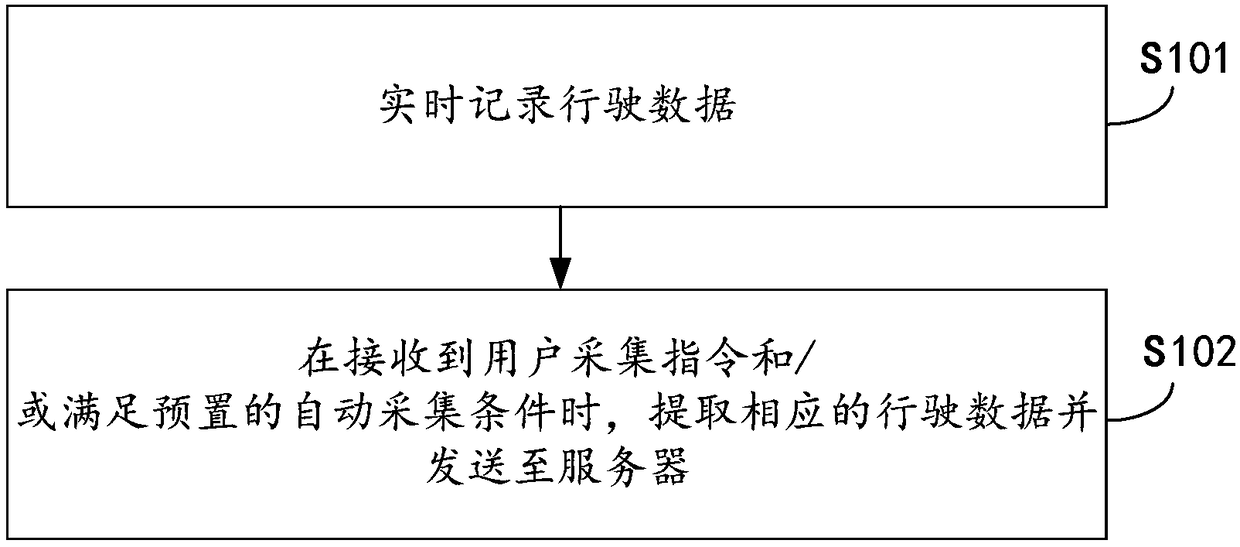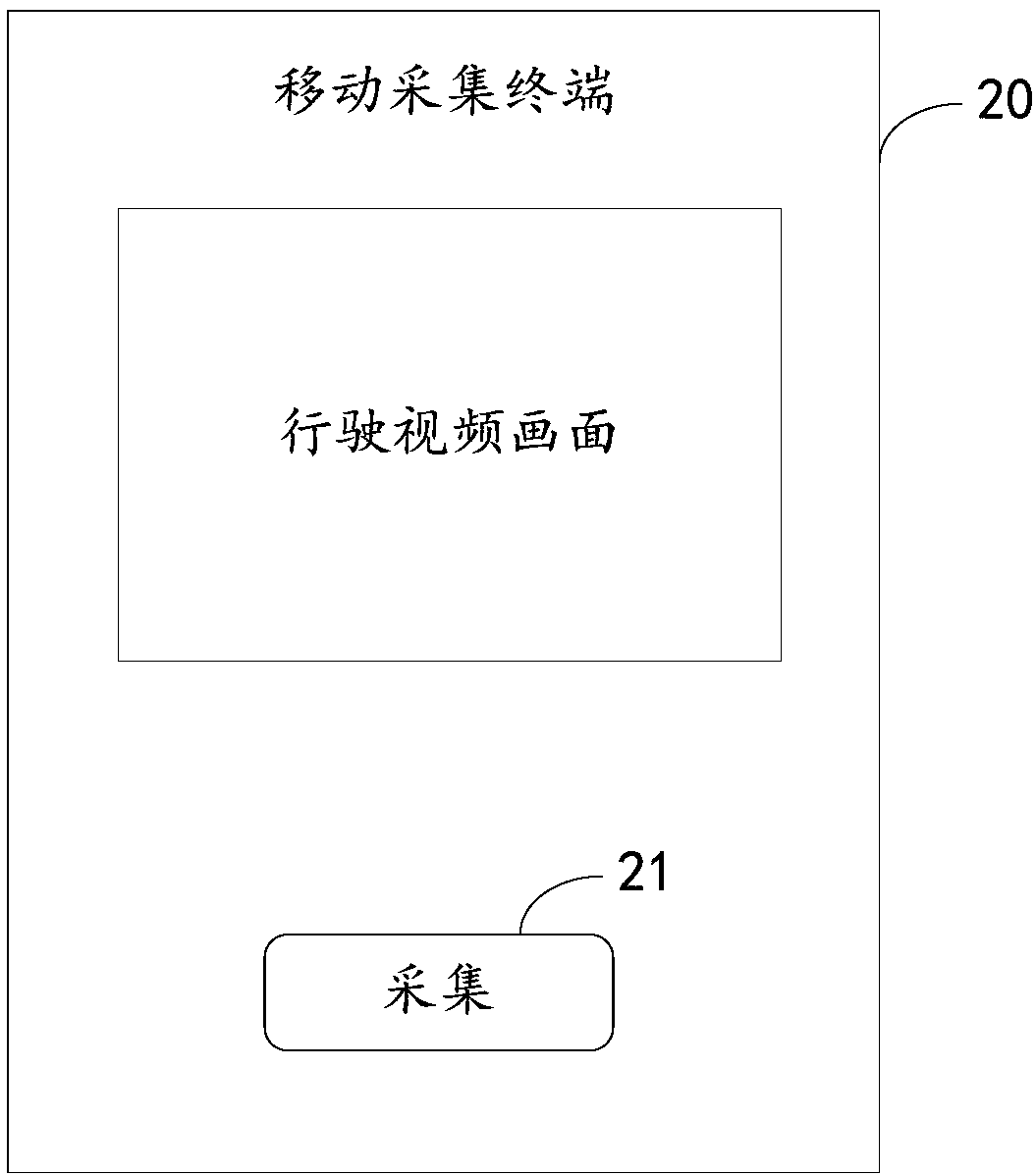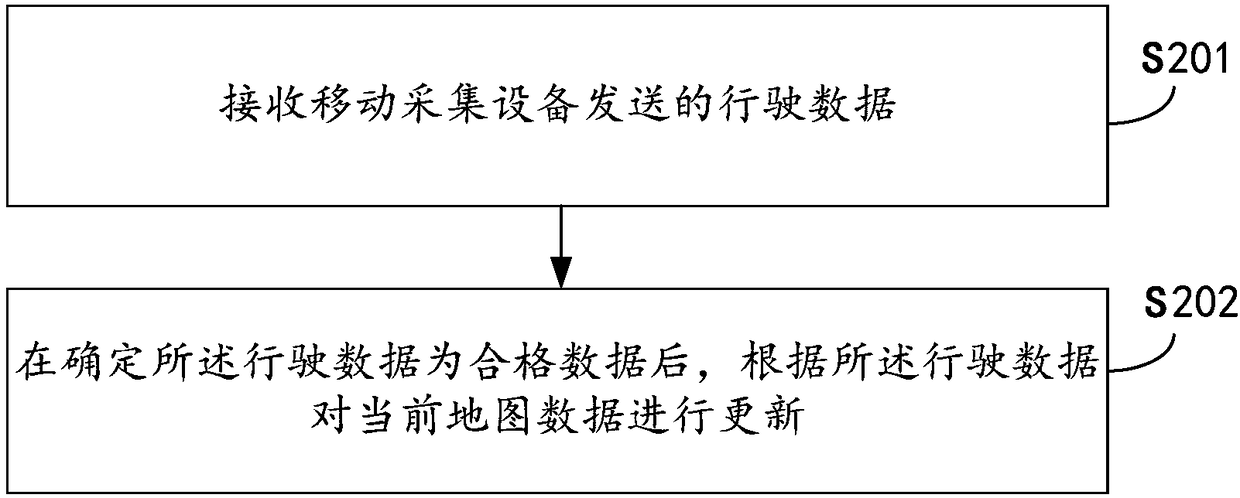Geographic information data acquisition method, device and system
A technology of geographic information data and collection method, applied in the field of geographic information data collection methods and devices, can solve the problems affecting the timeliness of geographic information data update, affecting the coverage of geographic information data collection, and insufficient coverage, etc. Data collection cycle, improve data collection efficiency, and save labor costs
- Summary
- Abstract
- Description
- Claims
- Application Information
AI Technical Summary
Problems solved by technology
Method used
Image
Examples
Embodiment Construction
[0017] The following will clearly and completely describe the technical solutions in the embodiments of the application with reference to the drawings in the embodiments of the application. Apparently, the described embodiments are only some of the embodiments of the application, not all of them. All other embodiments obtained by persons of ordinary skill in the art based on the embodiments in this application belong to the protection scope of this application.
[0018] First of all, it needs to be explained that in the embodiment of this application, the entities involved mainly include: mobile collection equipment (such as driving recorders, mobile smart terminals, etc.) and their corresponding servers (in this embodiment, the server Can store map data, etc.). In the embodiment of the present application, the entities are independent and cooperate with each other, and the specific implementation manner will be introduced in detail below.
[0019] Embodiment of the method ...
PUM
 Login to View More
Login to View More Abstract
Description
Claims
Application Information
 Login to View More
Login to View More - R&D
- Intellectual Property
- Life Sciences
- Materials
- Tech Scout
- Unparalleled Data Quality
- Higher Quality Content
- 60% Fewer Hallucinations
Browse by: Latest US Patents, China's latest patents, Technical Efficacy Thesaurus, Application Domain, Technology Topic, Popular Technical Reports.
© 2025 PatSnap. All rights reserved.Legal|Privacy policy|Modern Slavery Act Transparency Statement|Sitemap|About US| Contact US: help@patsnap.com



